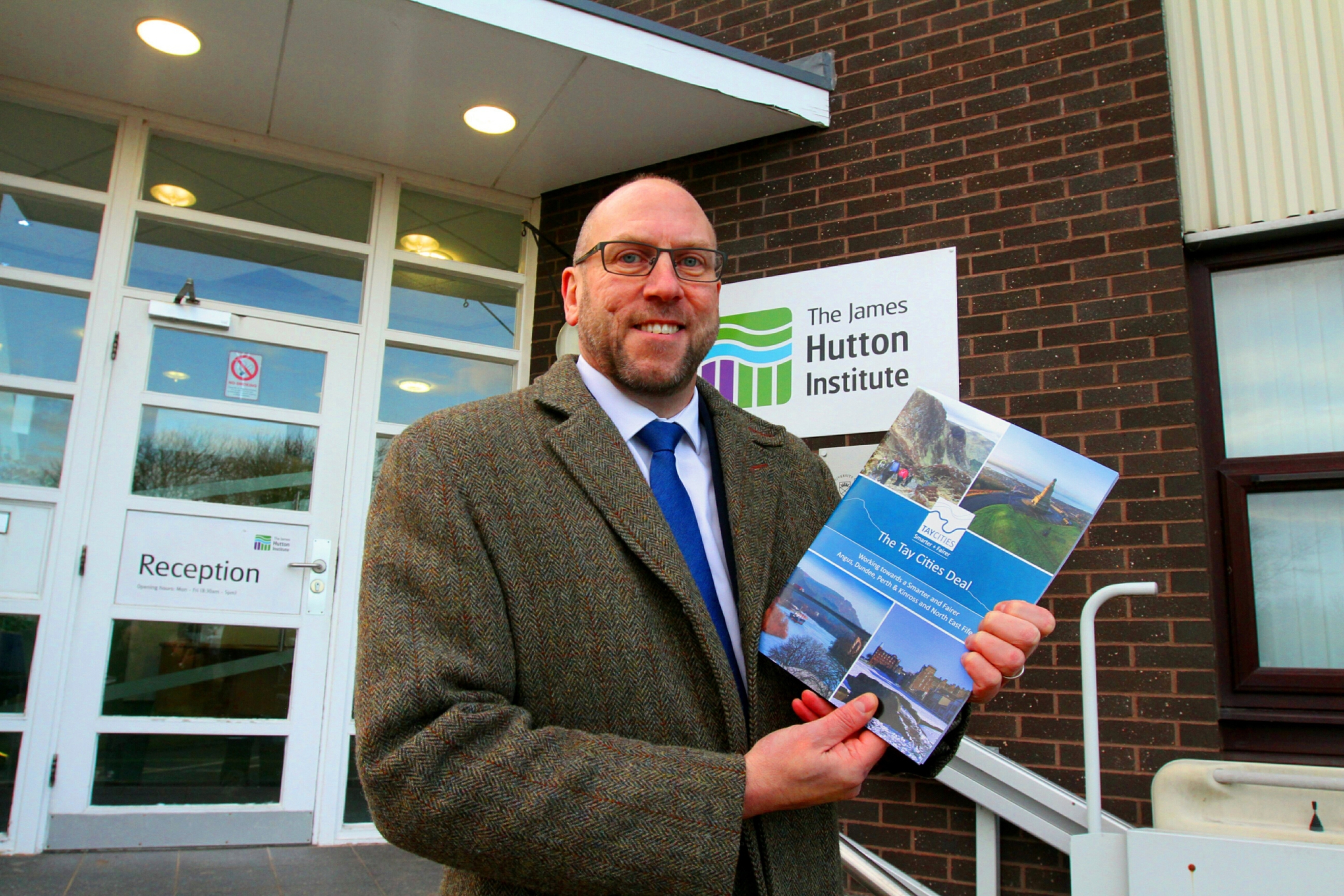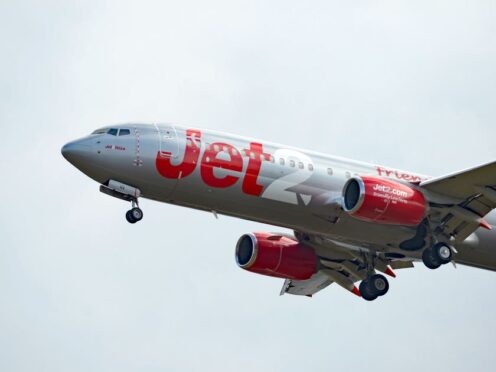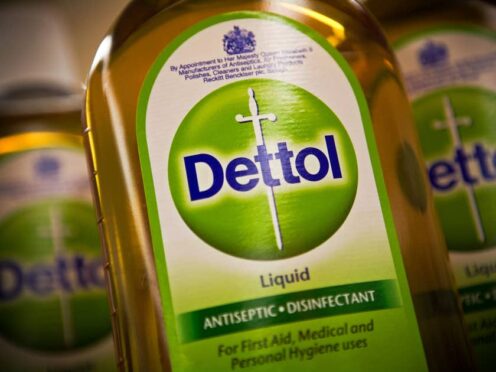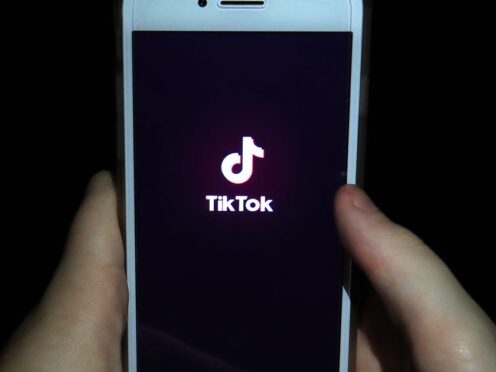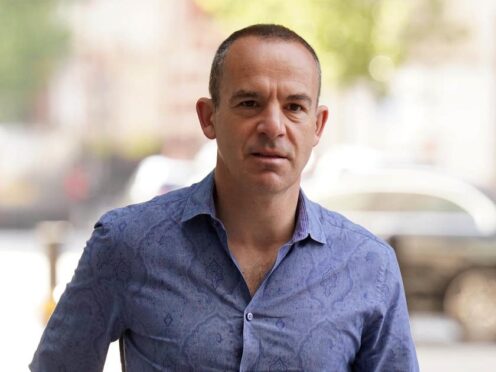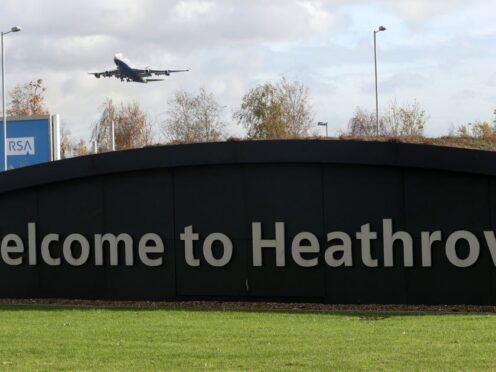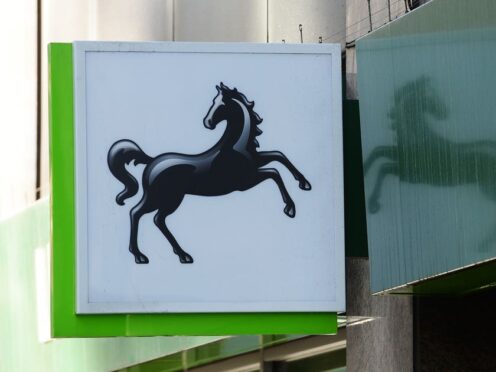A prominent Scottish economist has criticised the City Deals scheme and especially the version aiming to deliver major economic benefits to the Tay area.
Professor Tony Mackay said the seven Scottish projects were “more hype than good economic development plans,” and should be radically changed.
Both the Scottish and UK Governments defended the initiatives to which they are committing billions of pounds and working in partnership with local authorities.
City Deals are intended to increase economic growth in cities and regions after poor performance by the Scottish economy.
They are copied from the English experience, but the economist believed with little empirical justification.
He was sceptical of both governments’ claims that the deals involve new money, believing that they were the “repackaging or representation of previous spending commitments.”
The professor found implied criticism of Scottish Enterprise (SE), the main economic development agency, and asked why have City Deals if SE had done its job successfully?
He considered there was no justification that the Tay Cities Deal’s £1.84 billion of expenditure over ten years would create 15,000 jobs as had been claimed.
As for the plan to establish a “world class oil and gas decommissioning industry” creating up to 7,754 jobs and adding £228 million annually to regional economic output, the professor stated: “These claims are ludicrous….to be polite.”
He asserted: “The plan shows a very poor understanding of the North Sea oil and gas decommissioning industry which I am sure will not develop on a large scale in the Tay region.”
A Scottish Government spokesman said: “We are committed to helping our city regions to unlock investment – be that individually or collectively through a City Region Deals or one of the Scottish Government’s devolved initiatives to stimulate growth and deliver infrastructure investment, or a combination of measures.”
City Region Deals were already delivering benefits, and he said the Scottish Government would continue work in partnership to support both existing arrangements and new proposals.
A UK Government spokesperson said: “UK City Deals have the potential to transform the economy of Scotland for generations to come.
“They mean significant investment in a region’s economy – boosting business, driving up prosperity and creating jobs.
“A Tay Cities Deal will be a huge boost to the Perth and Dundee area.”
